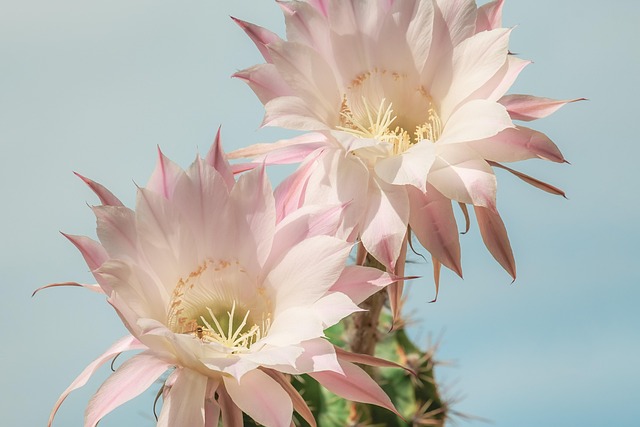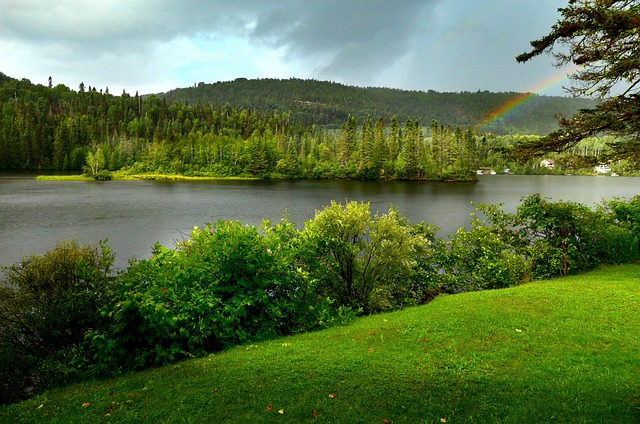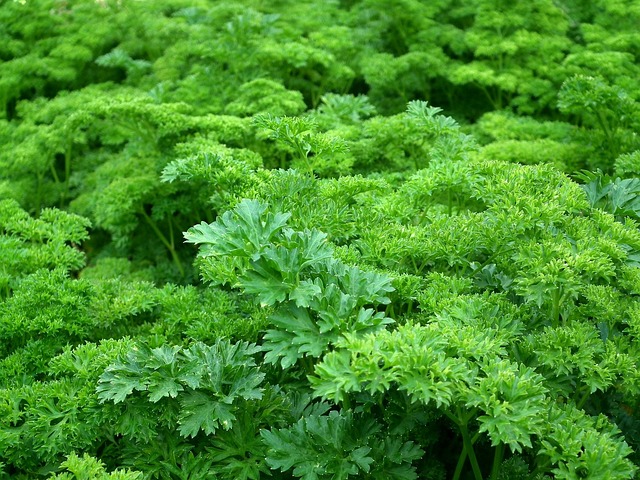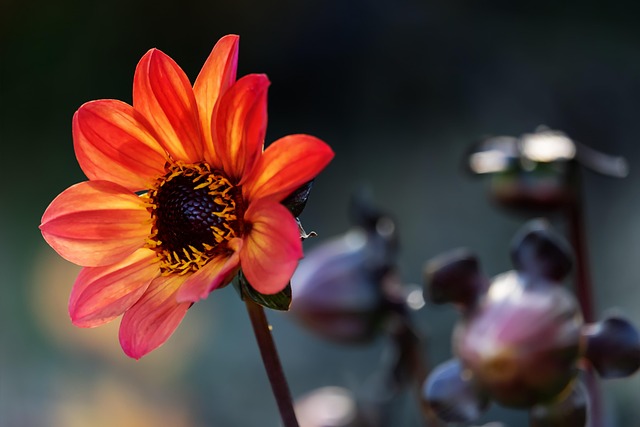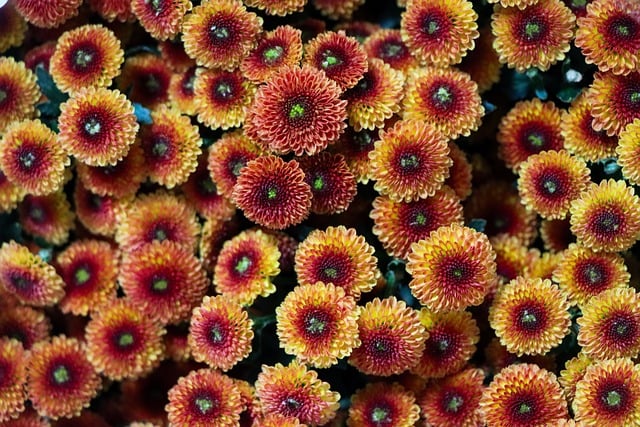Community gardens transform urban and rural settings into vibrant oases, offering family-friendly spaces, dog parks, and botanical gems. These green havens foster environmental stewardship through volunteer activities like tending plants, preserving biodiversity, and enhancing scenic beauty. By engaging volunteers in tasks from park clean-ups to nature education, community gardens create inclusive, eco-conscious spaces that benefit both people and the local ecosystem, whether in concrete cities or agricultural regions.
Volunteer opportunities in community gardens offer a chance to nurture both our environment and our spirits. These green oases, whether nestled in urban centers or sprawling across rural lands, play a vital role in enhancing local ecosystems and promoting biodiversity. From tending to plants in botanical gardens to engaging families in educational programs at nature reserves, countless roles await passionate volunteers. By getting involved, you contribute to the preservation of scenic landscapes while fostering community connections through family-friendly parks and dog-friendly spaces. Let’s explore these diverse opportunities and discover how to find the perfect fit for your interests and skills.
- Exploring Community Gardens: A Green Oasis for All
- – The role of community gardens in urban and rural areas
- – How they contribute to local ecosystems and biodiversity
- Types of Volunteer Roles in Botanical Gardens & Nature Reserves
Exploring Community Gardens: A Green Oasis for All
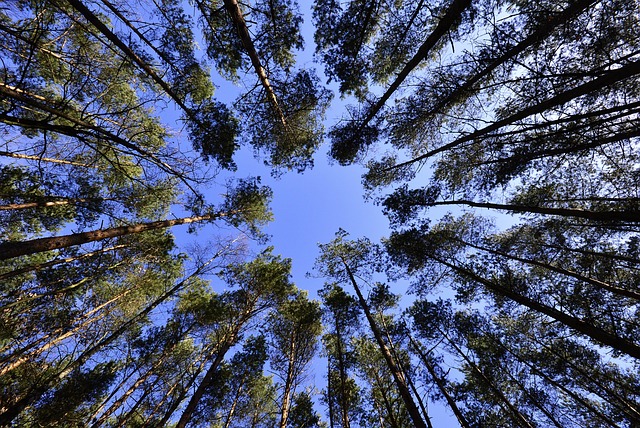
Community gardens offer a green oasis for residents looking to connect with nature and their neighbors. These vibrant spaces transform urban landscapes into scenic landscapes, providing a breath of fresh air in the midst of bustling city life. They cater to all ages and interests, from family-friendly parks to dog-friendly areas, ensuring everyone can find a peaceful retreat amidst the hustle and bustle.
Botanical gardens within these community spaces showcase an array of plant life, fostering environmental awareness and appreciation. Whether it’s tending to vegetable patches, nurturing flowers, or exploring native species, volunteers contribute to the beauty and biodiversity of these natural reserves. It’s a chance to immerse oneself in nature while also contributing to the well-being of the local ecosystem.
– The role of community gardens in urban and rural areas
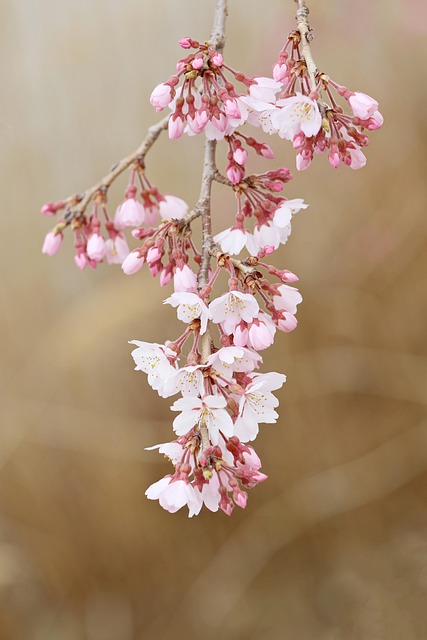
Community gardens play a vital role in both urban and rural settings, offering a green oasis amidst concrete jungles and a connection to nature for residents surrounded by vast agricultural lands. These spaces serve as family-friendly parks where children can learn about plants and insects, fostering an early appreciation for the natural world. In urban areas, community gardens bring biodiversity to dense populations, providing a sanctuary for local flora and fauna. They also act as green lungs, helping to mitigate urban heat islands and improving air quality.
In contrast, in rural regions, community gardens complement existing nature reserves and scenic landscapes by encouraging local communities to cultivate their own spaces. They provide an avenue for residents to connect with the land, preserve traditional gardening practices, and promote biodiversity at a grassroots level. Moreover, these gardens often become social hubs where neighbors gather, fostering a sense of community and shared responsibility for the environment, especially in dog-friendly parks where pets can roam freely.
– How they contribute to local ecosystems and biodiversity
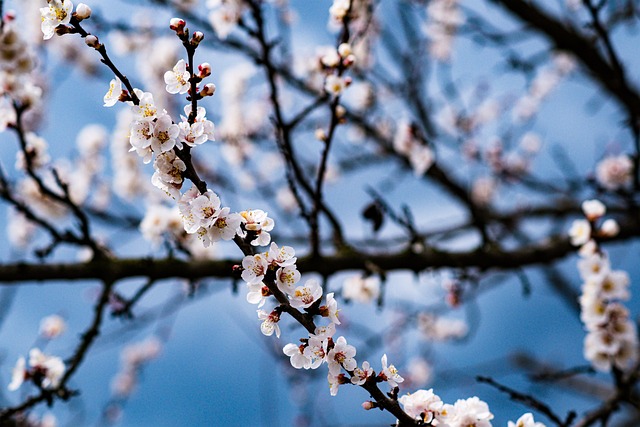
Community gardens are not just green spaces; they are vibrant ecosystems that contribute significantly to local biodiversity. By cultivating a variety of plants, these gardens provide habitats for numerous species, from beneficial insects and birds to small mammals. This ecological diversity enriches the overall health of the surrounding environment, ensuring a richer, more resilient ecosystem. The presence of community gardens also enhances nearby nature reserves and family-friendly parks, creating scenic landscapes that encourage outdoor activities.
These green oases can be dog-friendly parks as well, welcoming four-legged friends to explore and enjoy nature alongside their owners. This inclusive approach not only promotes a sense of community but also allows for a broader range of visitors to experience the environmental benefits. Through volunteer efforts in these gardens, individuals contribute to the preservation and flourishing of local botanical gardens, ensuring that these natural spaces thrive for generations to come.
Types of Volunteer Roles in Botanical Gardens & Nature Reserves

Volunteering in community gardens offers a diverse range of roles for individuals passionate about nature and community development. In botanical gardens, volunteers can assist with plant care, propagation, and maintenance, ensuring the vibrant display of flora that attracts visitors from all walks of life. They might participate in guided tours, educating folks about the intricate details of various plant species, or help organize events that promote environmental awareness.
Nature reserves, known for their scenic landscapes, often rely on volunteers to monitor and maintain ecological balance. This can involve removing invasive plants, tracking local wildlife, and assisting with research projects. For family-friendly parks and dog-friendly areas, volunteering could entail organizing community clean-up events, planting native species suitable for wildlife habitats, or even leading nature-based programs for children, fostering a love for the outdoors from an early age. These roles contribute to creating inclusive green spaces that cater to diverse community needs.
